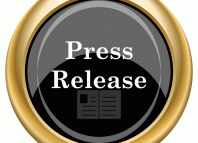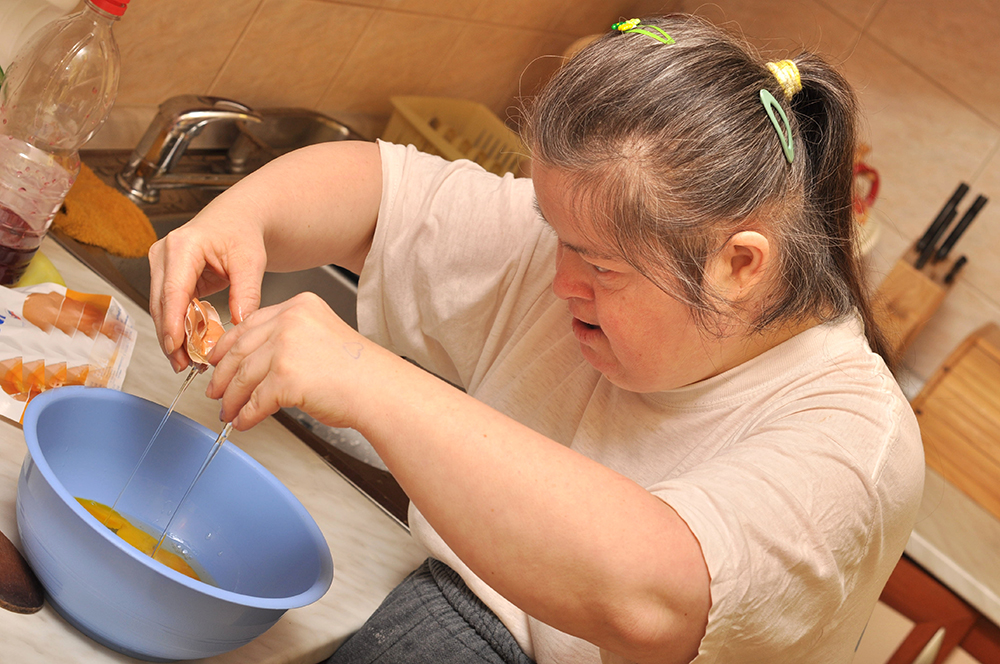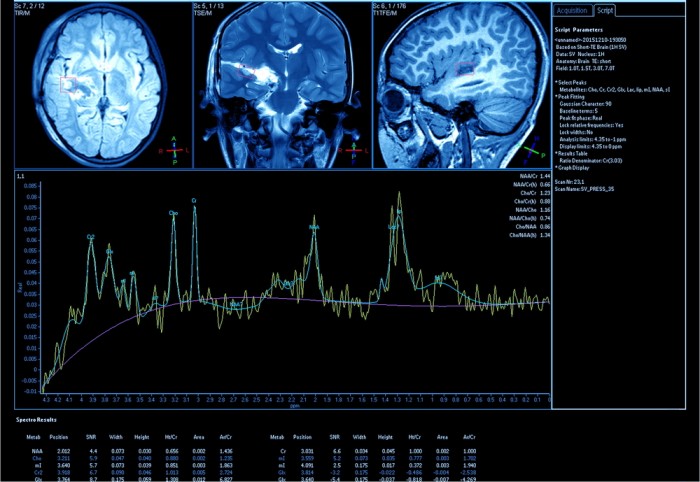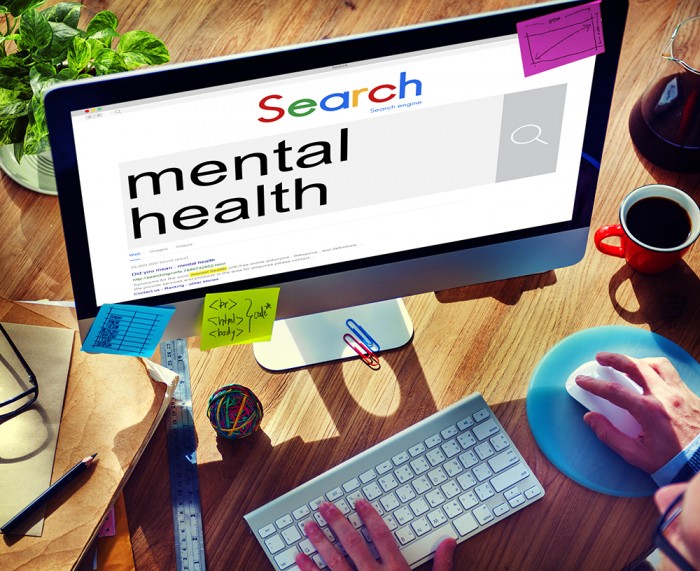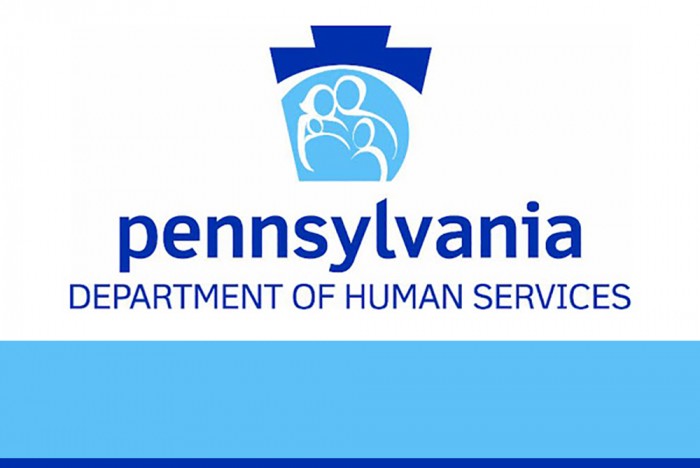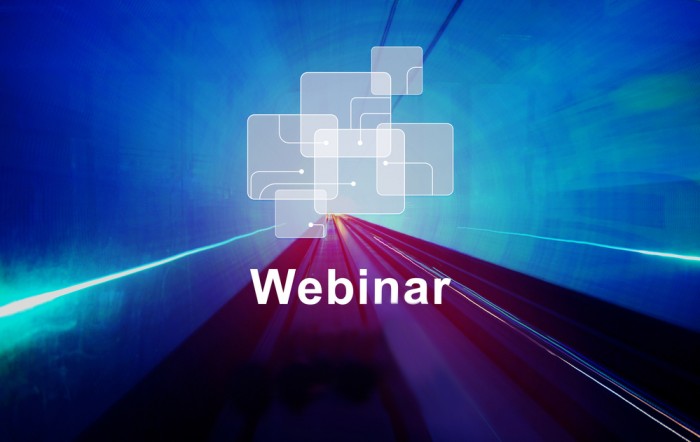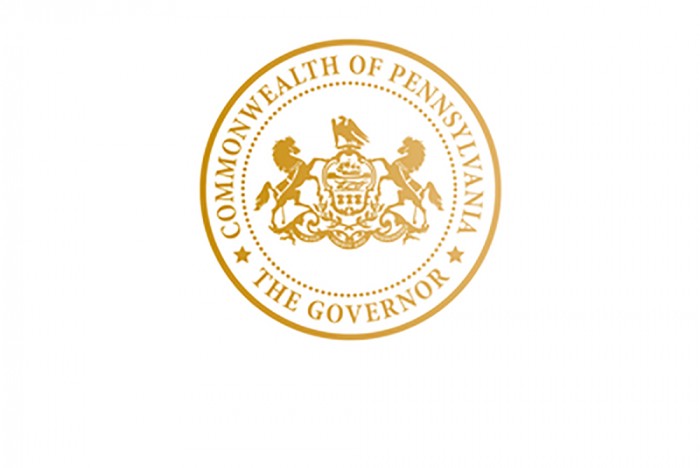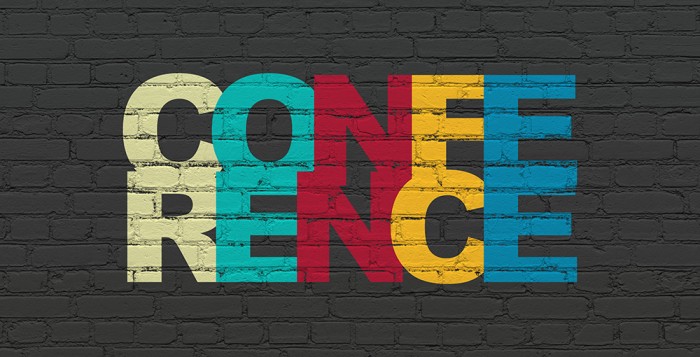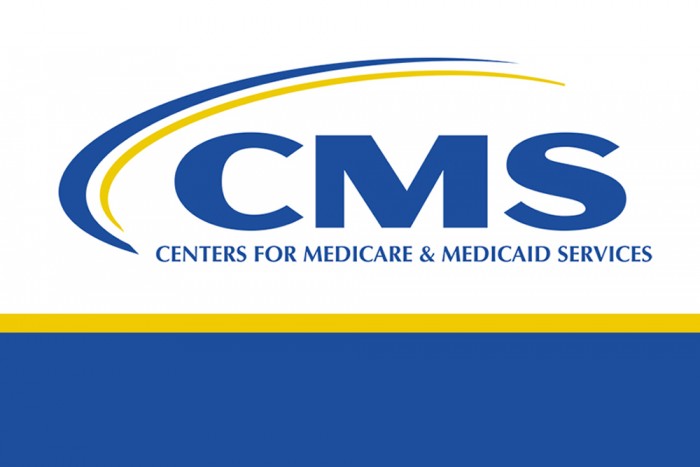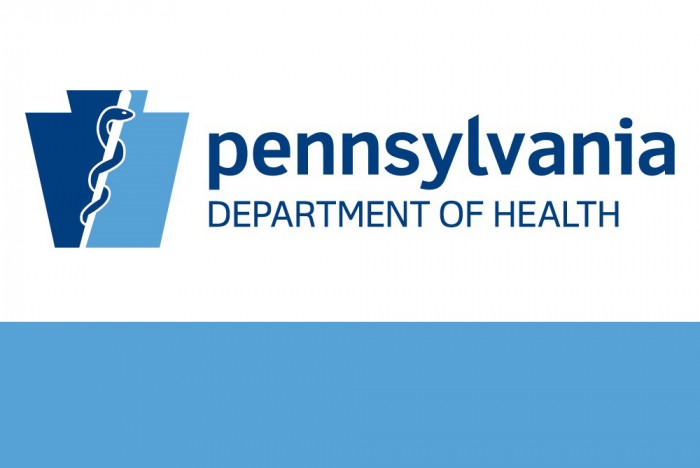Resources For Pennsylvanians Struggling With Mental Health, Thoughts Of Suicide During Pandemic
Human Services Urges Senators Casey, Toomey To Continue SNAP Waivers And Flexibilities During The COVID-19 Health Crisis
Gov. Wolf: Pennsylvania is COVID-19 Prepared with PPE
Reminder: CARES Act Funding and Reporting Update Webinar from Maher Duessel
Maher Duessel is hosting a webinar on Wednesday, October 7 from 2:00 pm – 3:40 pm, for a session entitled CARES Act Funding and Reporting Update. This webinar will be worth 2 A&A credits and is Yellow-Book eligible. It will include the latest regulatory updates on the CARES Act (including discussion on the Paycheck Protection Program and Provider Relief Fund) and best practices for handling the financial reporting requirements. The session will be led by Partner, Diane Edelstein and Senior Manager, Peggy Jo Revay, CPA and will include time for Q&A. There is no cost to attend the webinar. To register for the session, please RSVP directly to Rachelle Ogun. Once you are registered, a few days prior to the seminar, a viewing link (through Teams Live) will be sent to you. We look forward to you joining us!
Wolf Administration Launches Nation’s First Innovative, Evidence-Based Substance Use Disorder Stigma Reduction Campaign
PA Workforce Development Association Virtual Annual Conference
Money Follows the Person Funding Updates
The Centers for Medicare & Medicaid Services (CMS) have announced the availability of up to $165 million in supplemental funding to states currently operating Money Follows the Person (MFP) demonstration programs. This funding will help state Medicaid programs jump-start efforts to transition individuals with disabilities and older adults from institutions and nursing facilities to home and community-based settings of their choosing.
This action delivers on the Administration’s commitment to transform Medicaid by fostering increased state flexibility and innovation and to ensure safety and quality for beneficiaries.
Each eligible state (including Pennsylvania) can receive up to $5 million in supplemental funding for planning and capacity building activities to accelerate long-term care system transformation design and implementation, and to expand HCBS capacity, such as:
- Assessing HCBS system capacity and determining the extent to which additional providers and/or services might be needed;
- Assessing institutional capacity and determining the extent to which the state could reduce this capacity and transition impacted individuals to more integrated settings;
- Provider and direct service worker recruitment, education, training, technical assistance, and quality improvement activities, including training people with disabilities to become direct service workers;
- Caregiver training and education;
- Assessing and implementing changes to reimbursement rates and payment methodologies to expand HCBS provider capacity and/or improve HCBS and/or institutional service quality;
- Building Medicaid-housing partnerships to facilitate access to affordable and accessible housing for Medicaid beneficiaries with disabilities and older adults; and
- Diversion strategies to prevent nursing facility admission.
In addition, states could use this funding opportunity to support HCBS planning and capacity building activities in direct response to the COVID-19 public health emergency, such as to plan and implement the use of telehealth for nursing facility transition activities that would normally be conducted in-person or to redesign service delivery models to reduce the risk of COVID-19 infection among MFP participants.
Supplemental budget requests under this funding opportunity will be accepted on a rolling basis through June 30, 2021. CMS will provide all eligible grantee states that currently operate a MFP-funded transition program, with additional information on this funding opportunity.
For more information, please visit this web page.
Additionally, CMS has released a new report on community transitions that occurred under the Money Follows the Person (MFP) program from 2008 to the end of 2019. The report highlights that during this time, states transitioned 101,540 people to community living through MFP. In the most recent year (2019), MFP grantee states transitioned a total of 4,173 individuals. The report includes additional information on transitions broken down by population and state.
HHS Reporting Requirements for Provider Relief Fund Recipients
Department of Health Releases COVID Alert Exposure Notification App
Earlier this week, the Department of Health (DOH) released the COVID Alert Exposure Notification App, which is now available and can be downloaded for free in the Google and Apple stores (links provided below). The COVID Alert PA is a free mobile App using Bluetooth Low Energy (BLE) technology and the Exposure Notification System developed by Apple and Google. The app offers:
- Interactive COVID-19 symptom checker
- Opt-in for alerts for potential exposures to the virus
- Updates on the latest public health data about COVID-19 in PA
- Advice for what to do if you have a potential exposure to COVID-19
COVID Alert PA protects both privacy and personal information. The app does not use GPS, location services, or any movement or geographical information. It will never collect, transmit, or store personal information. It is completely anonymous.
Existing traditional contact tracing processes rely on a positive individual to remember and name who they have been in contact with recently, and for how long. In many cases, positive COVID-19 individuals may not even know the people they were in close contact with, like if the contact happened on a bus or train, at a check-out line in a grocery store, a restaurant or some other public venue.
The app supplements traditional contact tracing processes by being able to identify strangers a positive app user came in contact with and help stop the rapid spread of COVID-19. If the app detects that you have been in close contact with another user who has tested positive for COVID-19, you will receive a push notification on your phone. This is called an exposure alert and will be followed by what you should do to monitor your own health. You can learn more about the app and how it works here.
The Department of Human Services is committed to supporting this effort and helping protect the people we serve encouraging use of COVID Alert PA. This technology only works if others have downloaded the app, which is why they are asking all Pennsylvanians to unite against COVID and download the app.
DOH also has an extensive catalog of marketing materials including posters, social media posts, press releases, and other customizable content if you are interested in helping them to get the word out.






